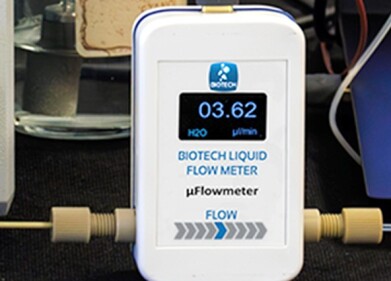-
 Scientists looked into spent hydrolysates from bioethanolic fermentation.
Scientists looked into spent hydrolysates from bioethanolic fermentation.
HPLC, UHPLC
Enzyme production by filamentous fungi
Aug 24 2011
In a study published by Microbial Cell Factories, the team from the Department of Chemistry at Umea University in Sweden sought to find out more about the enzyme production by filamentous fungi.
They claimed that the spent hydrolysates from bioethanolic fermentation processes have the potential to be an abundant and inexpensive source of the pentose sugars and acids needed as nutrients in industrial enzyme-producing microorganisms, specifically filamentous fungi.
Using ESI-LC MS-MS the scientists identified a considerable number of proteins related to the degradation of lignocellulosic biomass.
The main cellobiohydrolases (Cel7A/Cel6A) were the most abundant cellulolytic enzymes and serve as potent inducers of xylanolytic enzymes.
Following the investigation, the team claimed that the study provides a catalogue of the prevalent proteins involved, as well as the components of spent hydrolysates, but claimed it still needs further research in the future.
Digital Edition
Chromatography Today - Buyers' Guide 2022
October 2023
In This Edition Modern & Practical Applications - Accelerating ADC Development with Mass Spectrometry - Implementing High-Resolution Ion Mobility into Peptide Mapping Workflows Chromatogr...
View all digital editions
Events
Jan 20 2025 Amsterdam, Netherlands
Feb 03 2025 Dubai, UAE
Feb 05 2025 Guangzhou, China
Mar 01 2025 Boston, MA, USA
Mar 04 2025 Berlin, Germany


.jpg)








